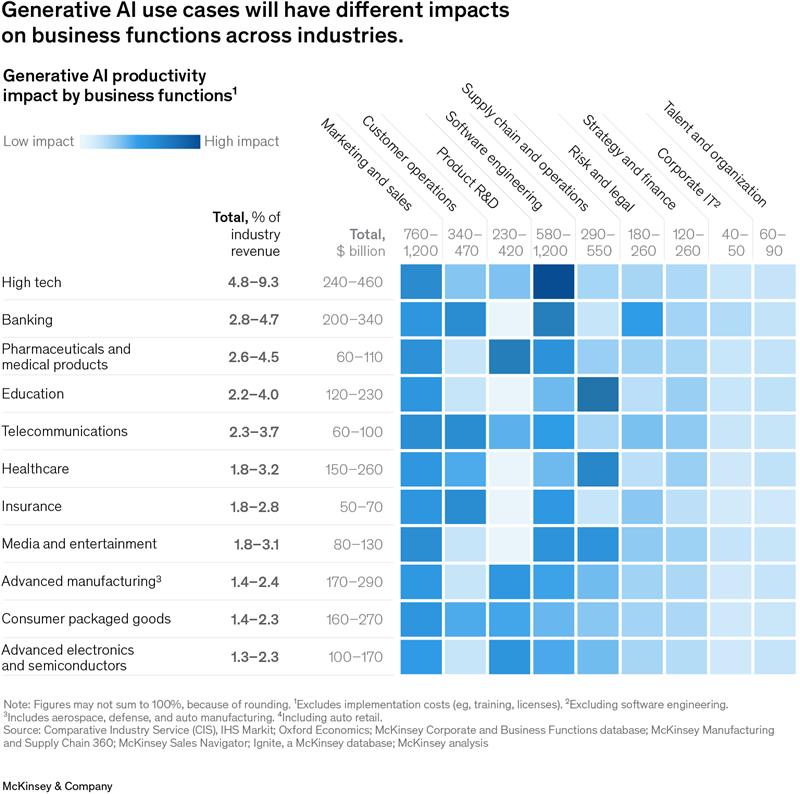In 2025, technology is advancing rapidly, and so are your customers’ expectations. For mid-size to enterprise-level companies prioritising app agility, Martech innovation, and CRM upgrades like Salesforce Marketing Cloud (SFMC), Google’s newest tool, Stitch, might be revolutionary.
Google Stitch is an AI-powered UI design tool introduced at Google I/O 2025. It assists teams in creating complete front-end app interfaces with just basic prompts or even screenshots. Stitch eliminates typical development delays and makes it simpler than ever to materialise your ideas, whether you’re building for the web or mobile.
What Is Google Stitch And How Does It Redefine AI-Driven UI Design?
Google Stitch enables users to create complete app interfaces by uploading a reference image or writing a brief description. It reduces development time and design expenses by providing ready-to-use HTML and CSS code instantly.
In the words of Kathy Korevec, a Google Product Manager:
“Stitch is where you can come and get your initial iteration done, and then you can keep going from there.”
Stitch facilitates the following tasks for companies utilizing SFMC-like platforms or growing across digital touchpoints:
- Create responsive user interfaces for apps or websites in a matter of minutes.
- Minimize transfers between the development, design, and marketing teams.
- Provide scalable, reliable user experiences
Businesses that oversee numerous campaigns, microsites, or customer portals will find this to be of particular use.
Inside Stitch: How Prompt-Based UI Creation Is Transforming Front-End Development
As a component of the expanding trend toward AI-generated user interfaces, Stitch enables you to produce production-ready UI elements using simple inputs such as:
- Brief instructions (such as “a mobile dashboard for order tracking”).
- Pictures or drawings of your intended layout.
Based on these inputs, the tool automatically creates useful HTML/CSS layouts. Often referred to as prompt-based UI design, this is becoming more and more popular among businesses intending to shorten the time it takes to develop apps.
This shortens turnaround times for teams balancing campaign rollouts and design sprints while maintaining code quality.
Google’s Gemini AI Models Powering Stitch: Flash Vs Pro Comparison
Stitch makes use of two iterations of Google’s Gemini 2.5 AI models that are:
- Gemini 2.5 Flash: Designed to be fast, this is perfect for quick prototyping or simple designs.
- Gemini 2.5 Pro: Higher-quality output and more subtle UI elements are provided by Gemini 2.5 Pro.
“Stitch lets users choose between Gemini 2.5 Flash and Gemini 2.5 Pro models.”
Depending on your design requirements, you can move between the models. Flash, for instance, is excellent for testing layouts in meetings, but Pro provides more intricate code for production settings or dashboards with CRM integration. Because of this flexibility, developers, designers, and marketers can remain in sync without impeding one another.
From Screenshots To UI: How Stitch Enables Visual-First App Design Workflows
An upcoming feature of Stitch will enable users to snap a screenshot of a user interface element, mark the changes they would like to see, and have the tool automatically apply those changes to the code. The following are supported by this visual-first approach:
- Development and marketing teams working together in real time.
- Faster feedback loops.
- Streamlined live interface updates.
This feature, according to Korevec, is intended to further improve the intuitiveness of UI changes:
“We want to make it super easy and approachable for people to do that next level of design thinking or that next level of software building.”
It is perfect for companies that manage dynamic app content, campaign-specific landing pages, or customer-facing tools.
How Stitch Accelerates App Design Cycles For Martech And CRM Projects
Stitch can drastically cut down on the time needed for marketers and CRM managers to create user interface elements for:
- Customized pages for campaigns.
- Widgets for product recommendations.
- Salesforce Marketing Cloud journeys using interactive forms.
Additionally, it enables teams to work directly in their preferred IDE (Integrated Development Environment) or export designs to Figma, allowing your developers to continue where Stitch left off.
This seamless transition is particularly crucial for Martech teams overseeing:
a. Regular updates on the campaign.
b. Strategies for real-time personalization.
c. Localization of global sites.
With tools like Stitch, design quality can be maintained while remaining agile.
Vibe Coding Explained: The Rise Of AI-Powered Design For Business Applications
Using AI development tools to create software interfaces based on intuition and little input is a growing trend known as vibe coding, which is reflected in the popularity of tools like Stitch.
The future of software development is also being shaped by other tools like Google’s Jules, OpenAI Codex, and GitHub Copilot.
Stitch is enhanced on the backend by Jules in particular. Jules:
1. Aids developers in resolving bugs.
2. Generates pull requests on GitHub.
3. Updates older codebases.
Jules automatically upgraded a website from Node.js 16 to Node.js 22 in one demo, made sure it worked, and recorded the entire procedure.
“Jules cloned the site’s codebase in a clean virtual machine… Once the upgrade was completed, Jules verified that the website still worked correctly.”
Teams now have a full-stack AI assistant ecosystem, with Jules managing the backend and Stitch handling the front end.
Stitch Vs Codex, Copilot And Cursor: Comparing The Top AI App Builders
Let’s examine how Stitch stacks up against other well-known AI development platforms:
| Tool | Focus Area | Best Use Case |
|---|---|---|
| Stitch | UI generation | Building web/mobile front ends |
| Codex (OpenAI) | Full-stack coding | Backend logic and scripting |
| Copilot (GitHub) | Code suggestions | Developer productivity in IDEs |
| Cursor (Anysphere) | AI coding assistant | Real-time debugging and explanations |
| Jules (Google) | Code Maintenance | Upgrades, bug fixes, and automation |
For marketing and design teams who need to provide scalable, branded user interfaces for campaigns without having to wait for the development queue, Stitch is in a unique position.
Real-World Use Cases: How Stitch Is Reshaping UI In Retail, Healthcare, And Fintech
Here are some examples of how companies in various sectors are already utilizing AI design tools such as Stitch:
Retail:
a. Launch product promotion pages connected to loyalty programs quickly.
b. Create prompt-driven, mobile-first shopping dashboards.
Healthcare:
a. Create scheduling interfaces or patient portals using HIPAA-compliant templates.
b. Update telehealth platforms rapidly.
Fintech:
a. Make financial dashboards or onboarding procedures that are responsive.
b. Create dynamic KYC forms that are integrated with backend systems.
Logistics:
a. Design dashboards for drivers or vendors that visualize data in real time.
b. Create portals in multiple languages for partners worldwide.
Stitch’s speed, versatility, and capacity to produce clean code with little input are advantageous for each of these use cases.
AI In Front-End Development
Are you still unsure about the value of AI design tools? Think about these:
- According to McKinsey (2024), 61% of businesses that use AI in development reduce time-to-market by 20–50%.
- AI-assisted design will be used in 75% of customer-facing apps by 2026 (Salesforce, 2025).
- According to Forrester (2025), 52% of developers currently use AI tools during the production stage.
These figures demonstrate how companies using AI-powered user interface tools are already outperforming rivals in terms of cost-effectiveness and agility.
Why MetroMax Solutions Is The Right Partner To Implement AI-First UI Tools Like Stitch
We at MetroMax Solutions assist companies in transforming tools like Stitch into tangible outcomes. Whether you’re aiming to:
- Create campaigns more quickly with Salesforce Marketing Cloud.
- Update the user interface of your app on all platforms.
- Release digital goods that are ready for the world.
From CRM integration to design strategy, we can help your team at every step.
Our areas of expertise consist of:
A. UI development with AI first.
B. Consulting for Martech and SFMC.
C. Modernizing apps and automating workflows.
D. Globalization and multilingual assistance.
Conclusion
With Google Stitch, you don’t have to hand-code each page or wait weeks for design iterations. All you need to do is specify your needs, and AI will take care of the rest.
Stitch can help your company save time, money, and effort when scaling campaigns, improving your CRM, or introducing a new customer experience.




